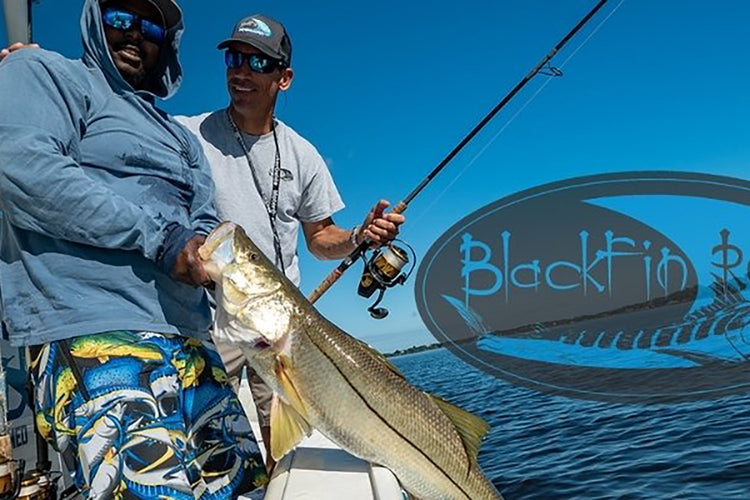What is slow pitch jigging and how does it differ from other jigging techniques?
Slow pitch jigging is a fishing technique that involves using slow, rhythmic movements to attract fish. Unlike traditional jigging, slow pitch involves lighter gear, smaller jigs, and precise rod movements to entice fish in a more natural manner, mimicking injured prey and triggering bites.
Slow pitch jigging, also known simply as slow pitch jig, is gaining popularity in the fishing world for good reason, particularly in the realm of bottom fishing, where species like black sea bass are targeted. When done correctly, this technique can produce fish in abundance. The simplicity of slow pitch jigging, combined with specialized gear, often leads to some of the most exhilarating fish fights you can imagine.
What is Slow Pitch Jigging?
Slow pitch jigging isn’t as commonly seen in the U.S., except among freshwater anglers who target sluggish fish during the off-season with a technique called vertical jigging. However, slow pitch jigging takes this concept to the next level, especially in saltwater environments.
Originating in Japan, this technique was pioneered by Norihiro Sato, an angler searching for a way to catch fish that weren’t actively feeding. The result? A game-changing technique that has revolutionized deep-sea fishing.
Instead of mimicking a fleeing baitfish, slow pitch jigging focuses on subtle, gentle movements to create an erratic action. This mimics an easy meal for a lazy fish rather than prey trying to escape, making it highly effective when fish aren’t actively hunting.
Why Slow Pitch Jigging is So Effective
The beauty of slow pitch jigging lies in its ease and versatility. Whether you're fishing in shallow waters or deep-sea environments, this technique allows you to target a variety of species with minimal effort. For professional guides or even beginner anglers, slow pitch jigging offers a straightforward approach that can still deliver thrilling results.
One key advantage is that slow pitch jigging works in virtually any depth. It’s an excellent choice when you need to cover different levels of the water column and adjust your presentation to suit the behavior of the fish on any given day.
The Right Tackle for Slow Pitch Jigging
Like any specialized technique, slow pitch jigging requires the right gear. While it may be new to many anglers, investing in the right equipment can make all the difference.
Slow Pitch Jigging Rods
Your rod is one of the most important pieces of gear. The Blackfin Rods Slow Pitch Jigging Rod is specifically designed for 120-300g rigs. Crafted from 100% solid Toray carbon, it offers exceptional durability while remaining lightweight. This balance of strength and sensitivity ensures you can feel even the slightest bites, while the rod’s backbone allows you to battle and land larger fish.
Slow Jigging Jigs
Most slow jigging jigs originate from Japan, and while there’s a range of options available, it's essential to find the right balance between quality and cost. High-end Japanese jigs can be pricey, but more affordable options are readily available online.
Reels
The reels used for slow pitch jigging resemble standard big-game reels but come with oversized handles designed for powerful cranking. Smooth drag is critical, as it allows you to fight the fish with your reel, not just the rod. Adjustable drag settings are essential as they let you control the fight, especially as the fish tires.
Line
Braided line is a must for slow pitch jigging due to its low stretch and strength. You’ll need a lot of it—500 feet depths are common in this style of fishing. Fortunately, most slow jigging reels are designed to handle the necessary line capacity with ease.
Mastering the Slow Pitch Jigging Technique
The technique itself is simple: short jerks of the rod, followed by letting the lure flutter back down. This action mimics a wounded squid, which is a common prey for larger predatory fish, including Cod. The key is to present an easy meal to the fish without making them chase it.
Once you’re hooked up, forget conventional wisdom about fighting fish. Slow pitch jigging allows the reel to do most of the work. This is where the smoothness and adjustability of your drag system come into play. You can let the fish run, gradually tighten the drag, and let the fish tire itself out before bringing it in.
Choosing the Right Slow Pitch Jigging Rod
When you first pick up a slow pitch rod jigging rod, it might feel unexpectedly light weight, almost delicate. But don’t let that fool you. Despite weighing only around 120 grams (about 4 ounces), these rods are incredibly capable. The rod’s flexibility and bend throughout its length allow it to absorb the fight, while the reel’s drag system does most of the heavy lifting.
That said, not just any rod will do. You need one that’s designed specifically for this technique—one that’s flexible yet strong enough to bring fish within gaffing range. Blackfin Rods offers some of the best slow pitch jigging rods on the market. Our rods are built to deliver exceptional performance at a better price than most other high-end options available. Whether you're targeting snapper, grouper, or other deep-sea species, Blackfin Rods will help you land your catch with ease.
Conclusion
Slow pitch jigging is a technique that’s here to stay. Whether you're an experienced angler or just starting, investing in the right gear—like the Blackfin Rods Deep Stix Slow Pitch Jigging Rod—can elevate your fishing experience. With its simple yet effective technique, you’ll be ready to catch more fish, even when they’re not actively feeding. So why not give slow pitch jigging a try and experience the thrill for yourself?


